Canadians now have several tax effective savings vehicles to choose from, with the new tax-tree First-Home Savings Account (“FHSA”), the tax-free savings account (“TFSA”), or the registered retirement savings plan (“RRSP”). As these three popular investment vehicles offer unique advantages and disadvantages, this article will explore the benefits and drawbacks of each.
First Home Savings Account (FHSA):
The FHSA is a first-time home buyers tax-free savings account designed to help Canadians save up to $40,000 toward their first home. It combines aspects of both the TFSA and the RRSP, allowing you to deduct your contributions like an RRSP, and grow your savings tax-free like a TFSA with no tax implications upon withdrawal.
Advantages of the FHSA account:
Tax deductibility: Your annual contributions of up to $8,000 are tax deductible in the year they are made, like RRSP contributions, effectively reducing your taxable income for the year.
Tax-free growth: Your contributions to the FHSA account can grow on a tax-free basis until you need them to purchase your first home. At which point you can withdraw your original contributions and accumulated growth in the account tax-free.
No repayment requirement: You can use both the FHSA and the Home Buyer’s Plan (HBP) simultaneously. However, with the HBP you need to repay the funds withdrawn within 15 years, whereas with the FHSA there is no requirement to repay the funds that you withdrew towards your first home.
Disadvantages of the FHSA account:
Limited flexibility: Unlike a TFSA, you do not have the same amount of flexibility in how you use your savings. Withdrawals from your FHSA must go towards the purchase of your first home. Any withdrawal that does not meet the criteria of a qualifying withdrawal will be taxable. You are required to close your FHSA at the earlier of you turning 71 or the 15th anniversary of opening your FHSA account.
Lifetime Maximum: There is a lifetime maximum on the total contributions that can be made to your FHSA of $40,000 and an annual $8,000 contribution limit.
Contribution limitations: Only you, your spouse, or common-law partner can contribute directly to your FHSA, as the contributor receives the tax deduction benefit on their tax return. If you are a parent or a grandparent looking to help your children, you can alternatively give them their annual contribution that they can then contribute to their plan personally.
Tax-Free Savings Account (TFSA):
The Tax-Free Savings Account is an investment account that was introduced to Canadians in 2009. It can hold cash, guaranteed investment certificates, mutual funds, index funds, exchange traded funds, stocks and many other investment products.
Advantages:
Tax-Free Growth: Contributions to a TFSA grow tax-free, and withdrawals are also tax-free, making it an attractive option for long-term savings.
Contributions Room: You are able to carry forward unused contribution room from the prior years indefinitely, allowing you to catch up on contributions in the future.
Withdrawal Flexibility: You can withdraw the funds at any time to be put towards anything you like. Any withdrawals are added back to your contribution room for the following year, giving you the flexibility to recontribute to your TFSA in the future.
Disadvantages:
No tax deductions: The biggest drawback of a TFSA, is that your contributions are made with after-tax dollars and are not tax deductible, unlike the FHSA and RRSP.
Contribution limits: Though there is no lifetime maximum contribution limit, there is an annual contribution limit, stipulated by the Government of Canada. Any excess contribution results in penalties in the form of a 1% monthly tax on the excess amount. Only the individual can contribute to their own TFSA. But a parent or grandparent can give their children their annual contribution.
Registered Retirement Savings Plan (RRSP):
The Registered Retirement Savings Plan is designed to help Canadians save for retirement on a tax-advantaged basis.
Advantages:
Tax deductibility: The contributions made to your RRSP are tax-deductible, reducing your taxable income.
Retirement Income: The purpose of an RRSP is to help you save for retirement, so out of the three savings vehicles it has the largest annual contribution room giving you the ability to grow your savings within the plan on a tax-free basis until you are required to withdraw them in retirement.
Spousal RRSPs: RRSP rules allow for contributions to a spousal RRSP, where the higher-earning spouse contributes to a plan in the name of the lower-earning spouse, based on the contributing spouse’s contribution room. This strategy can help equalize retirement income and potentially lower the overall tax burden.
Disadvantages:
Contribution Limit: The RRSP contribution limit is a percentage of earned income up to a maximum of 18%. For 2023, the maximum contribution amount is $30,780.
Taxable Withdrawals: Withdrawals from an RRSP are taxable as income and at the age of 71 you must convert your RRSP into a RRIF or annuity and are required to begin withdrawing the funds from your RRIF.
Loss of Contribution Room: If you withdraw funds from your RRSP, you permanently lose that contribution room.
Depending on your financial goal, investment time horizon, and overall financial situation, the different advantages and disadvantages of each savings plan may dictate the best plan or combination of plans for you. If you have any further questions, our planners would be happy to discuss the plans in more detail.
Related Articles
Estate Settlement & Administration, Investment Management, Kerr Family Office
Accounting Services, Kerr Family Office, Kerr Fundamentals, Kerr Integrated, Personal Financial Planning
Accounting Services, Investment Management, Personal Financial Planning, Personal Tax Services





